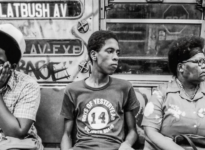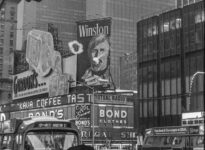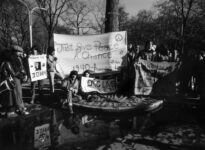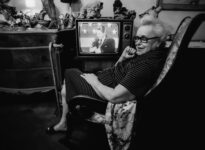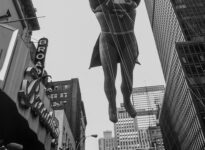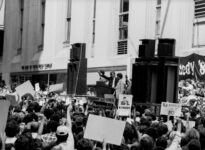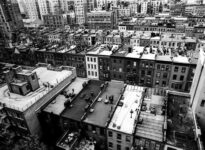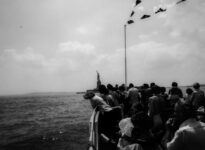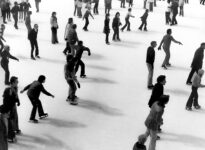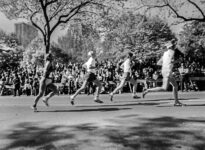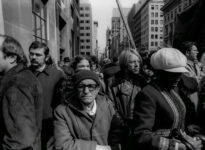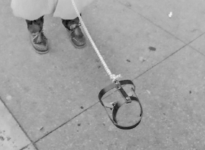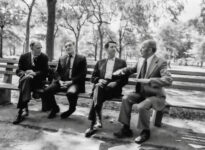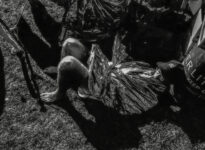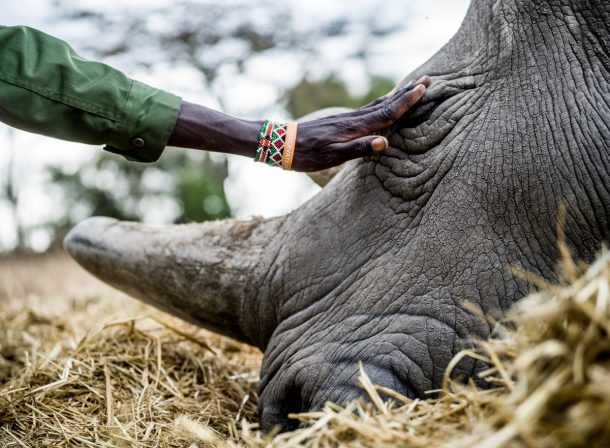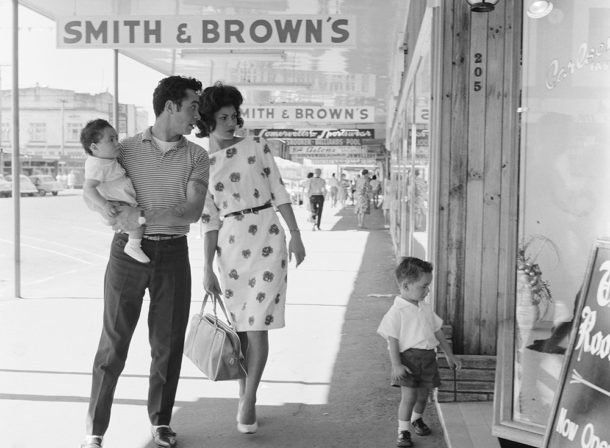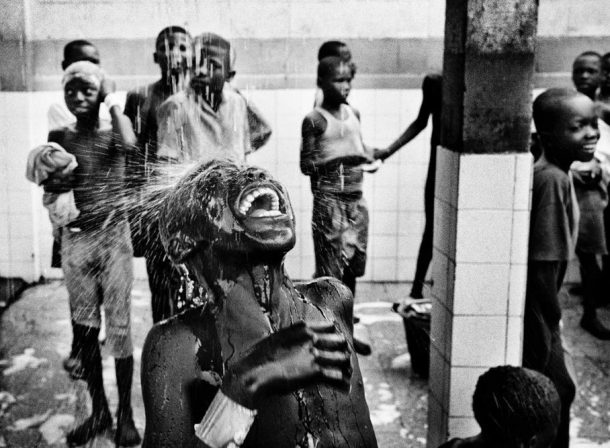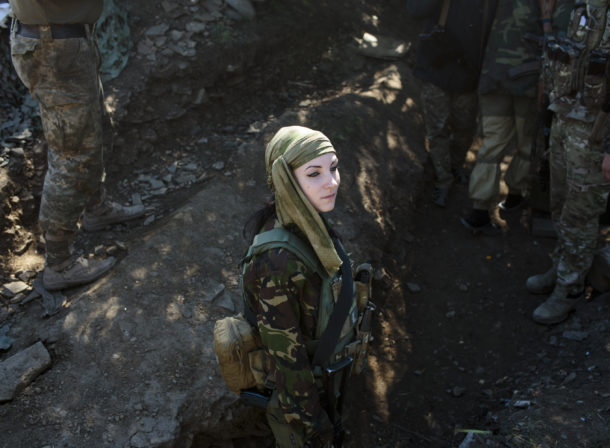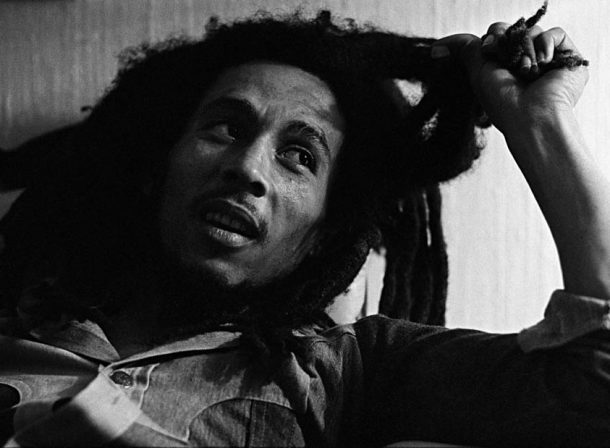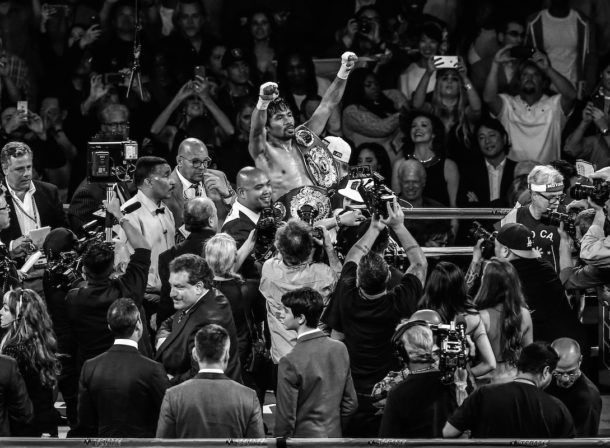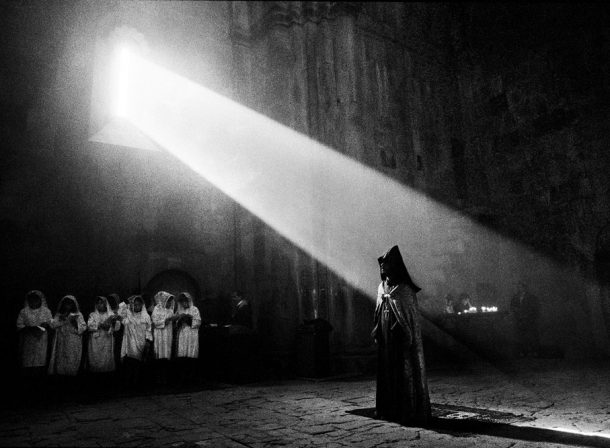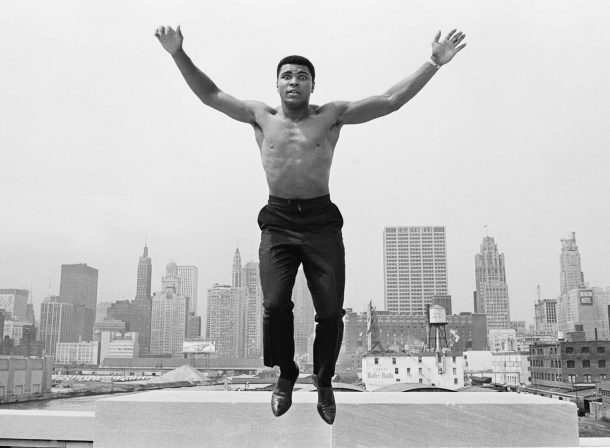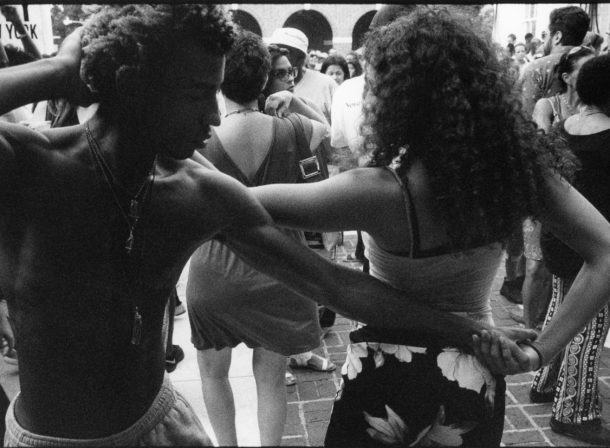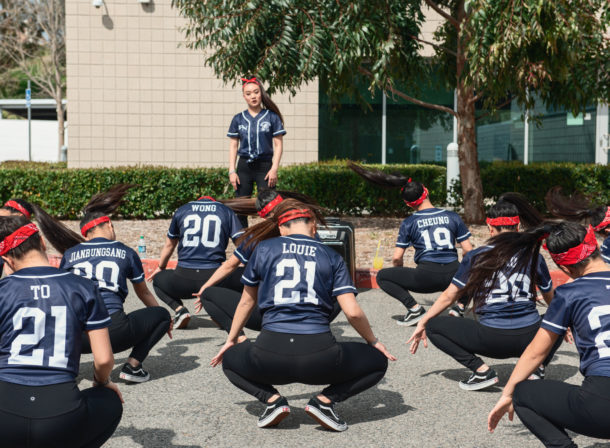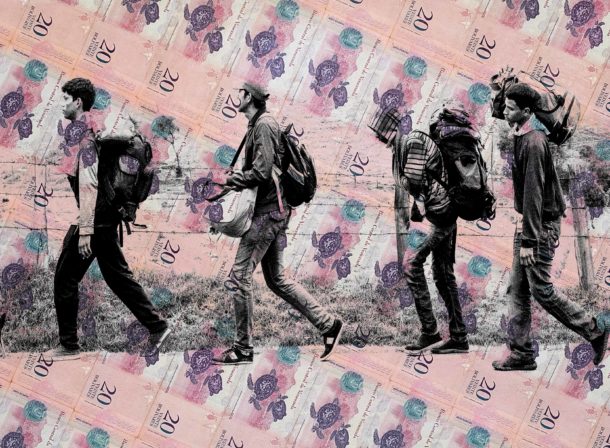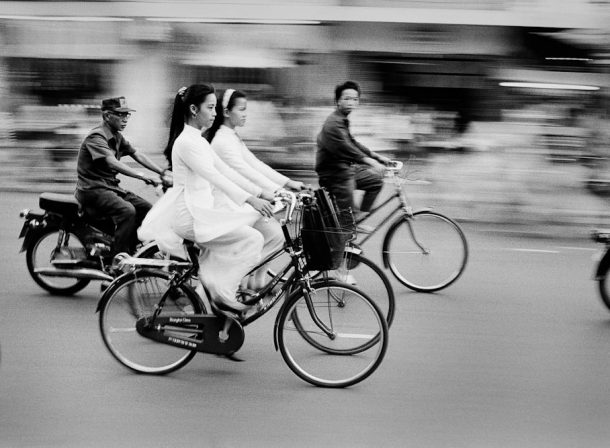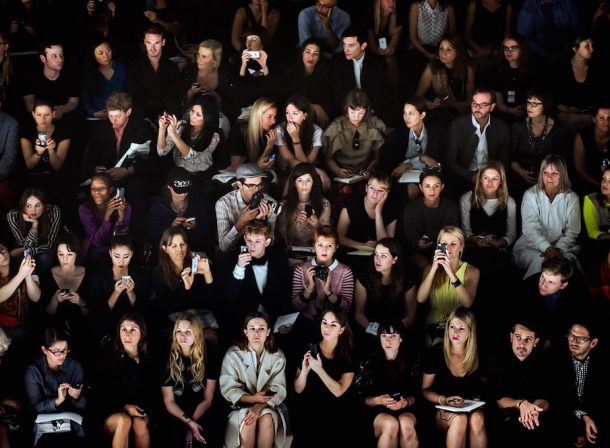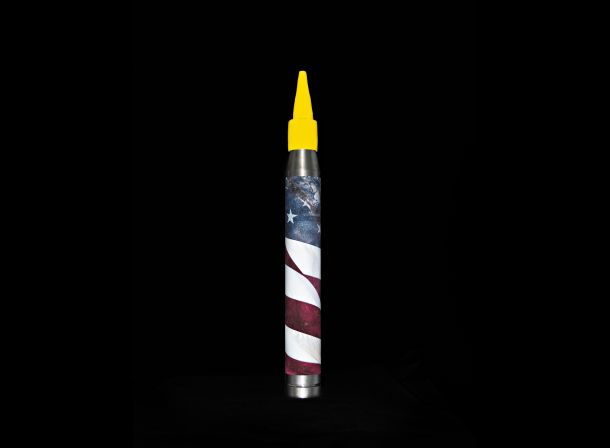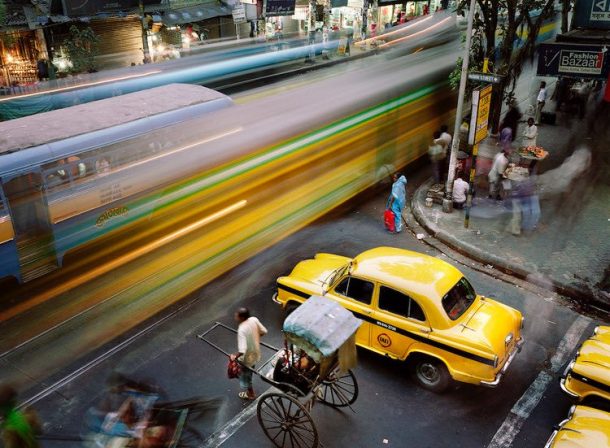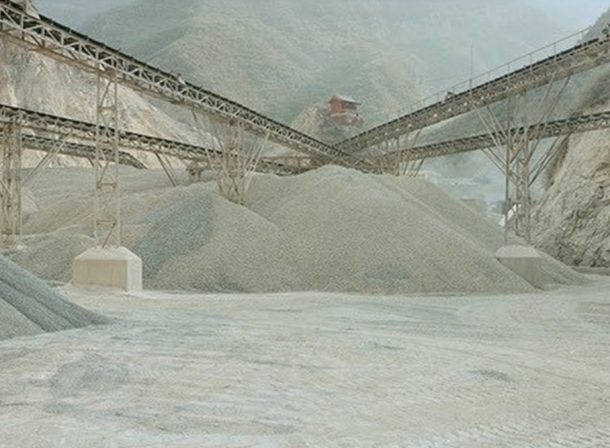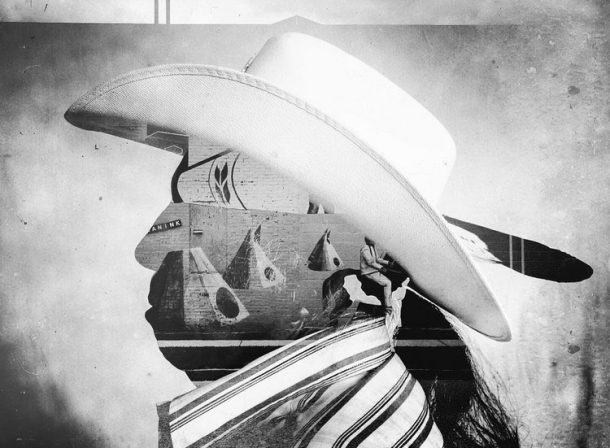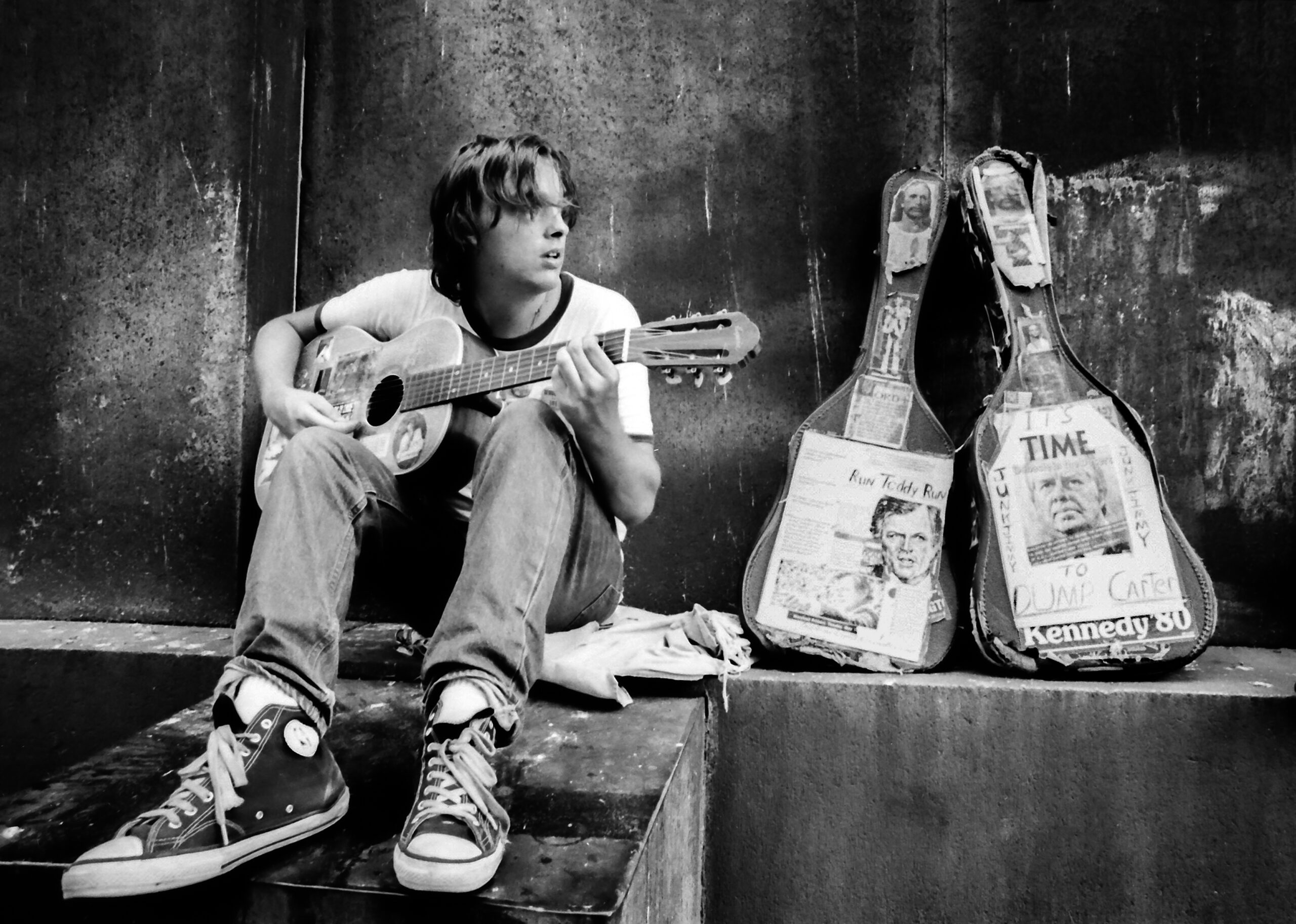
Take Me Back: The New York Years 1975 – 1980
April 30th – July 30th, 2024
The faces and scenes in Philip Collier’s “The New York Years 1975 – 1980” capture a period of time in American iconography that is both familiar yet distant. It is no secret that there is an everlasting infatuation with New York City, and in particular, there is a mutual obsession that transcends generations of reminiscing on what it was like to live at a time when everyone tells you that, “you just had to be there”.
Luckily, Philip Collier’s work allows us to travel back in time and fantasize about daily life in the post-counterculture landscape of New York City. Collier’s imagery is evocative, witty, and timeless – much like how we collectively perceive New York of the 1970’s today. Collier’s man-on-the-street style of point-and-shoot photography is ahead of its time and on full display in this exhibition. During these years, the city was pulsating with a sense of urgency, youth, and camaraderie. Through this collection of photographs, Collier captures the intoxicating sense of laissez-faire that is synonymous with 1970’s.
“The New York Years 1975 – 1980” shares a story of New York City’s identity that both inspires older generations to reflect and younger ones to build castles in the air. There is an undeniable cultural and stylistic prowess to this era, and Collier’s sense of taste and skill is equally impressive at memorializing it. Thanks to this collection of archival imagery shot by Collier in his early twenties, we are able to look through a window into the past and feel the essence of his memories that are teeming with excitement, freedom, and optimism. Collier’s camera immortalized a classic period of American culture and reminds us all of what it means to be a New Yorker.
Artist Statement
I consider my body of work to be proof of our existence; they are slices of my life, tiny moments. Each individual image is an experience I lived and thought to be worthy of capture, full of beauty, strife, angst, and magnificence. I am hoping that one day in the future, that moment will be relived, over and over again. Taken so that future generations could have this window back in time, to savor the moments of the past.
From being a part of the political rallies that I attended and meeting the people that I befriended along the way as a young man. To seeing the astonishing mountain scenes and the splendor of the Mediterranean seaside that I have come to call my home in these later years of my life, I have realized that it is not about my life, but about the past. It is the past, that sense of yesterday, and dissipating memory that grows lost as we collectively step forward into a new tomorrow.
Time is a turning wheel. It is the flow of a river and it never changes direction. It is certainly a shifting landscape that we live in and as the years roll by, the changes in the world become more evident to the ones who have lived longer. We realize that most of it is now out of our control. These photographs were taken, so you won’t forget where we came from and to record the fleeting instances that will never be again. Those moments in time, that if not for my photographs, may have totally gone unnoticed or forgotten. I eternalized that moment.
Biography
Philip Collier was born in Boston, Massachusetts. He is a Graduate of the New England School of Photography where he studied documentary photography. Influenced by the works of W. Eugene Smith, August Sander, Dorothea Lange, Henri Cartier-Bresson, Robert Frank, Diane Arbus and many others — he took to the streets.
He started in the streets of Boston recording the local fire departments, Feast of San Gennaro in Little Italy, The Bicentennial Celebration in Concord, Massachusetts and The Abortion Rights Demonstration in The Boston Commons.
In 1975, he moved to NYC where he photographed for the 1980 Democratic Convention , 1984 Summer Olympic Committee, The feast of St. Anthony’s, The Macy’s Day Parade, and various other street and political events.
In 1980 he moved to Newport Beach, California where he started taking sea and landscapes. In 1981, he moved back to Boston where he went to Wentworth Institute of Technology and spent the next 25 years in electronic engineering.
He moved to Denver in 1994 and spent 20 years there until he retired in 2014 and moved to Grenoble, France where he rekindled his passion for photography and lives today.



